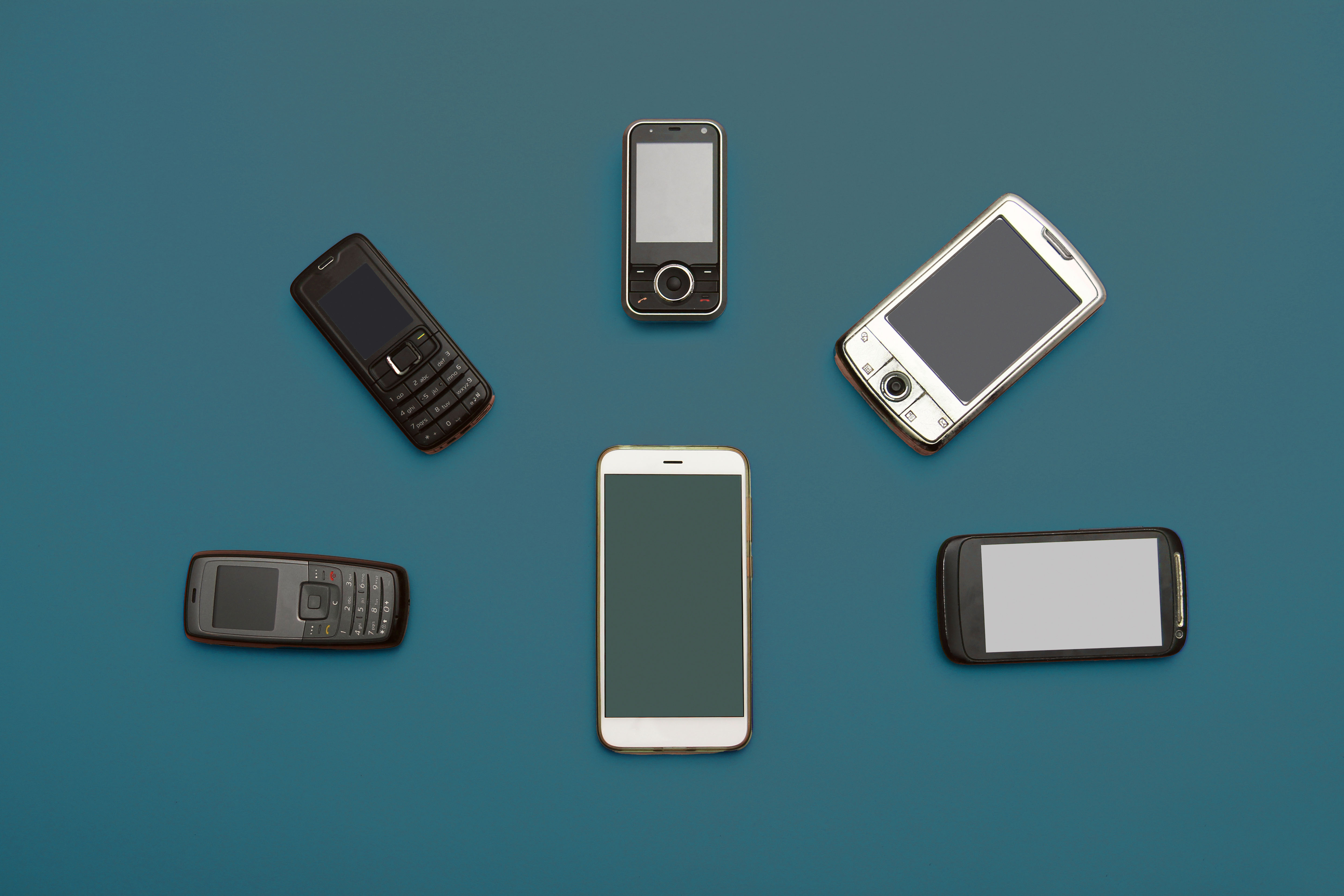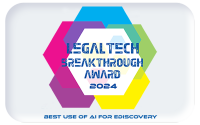As mobile devices have evolved, so too has the landscape of digital forensics. Mobile collections, once a straightforward process of retrieving text messages and call logs, have become increasingly sophisticated as smartphones have transformed into powerful computing devices. From the early days of simple extractions to today’s comprehensive cloud-based collections, mobile forensics has undergone significant changes to keep pace with advancing technology, and the exponential growth is not likely to stop anytime soon.
The Early Days: Basic Data Extractions
In the early 2000s, mobile collections were relatively rudimentary. Feature phones—predecessors to modern smartphones—held limited data. Forensic analysts typically focused on retrieving call logs, contact lists, and SMS messages. The tools available at the time were often proprietary, designed for specific devices, and lacked standardization.
Key Challenges
- Limited Storage Capacity: Early phones had minimal storage, making the quantity of data small but still valuable for investigations.
- Proprietary Software: Many phone manufacturers used their own software, creating hurdles for uniform data extraction.
- Lack of Encryption: Early mobile devices had little to no encryption, which made data retrieval more straightforward but less secure.
The Smartphone Revolution: A Shift in Data Volume and Complexity
With the advent of smartphones, like the iPhone in 2007 and the rise of Android devices, mobile forensics took a monumental leap forward. Suddenly, mobile devices weren’t just tools for communication—they were handheld computers capable of storing vast amounts of personal and corporate data. This created a need for new forensic methodologies.
The Shift
- Data Types Expanded: Forensic analysts now needed to collect not just call logs and messages, but also emails, multimedia files, GPS locations, and application data from the device itself and third-party apps.
- Mobile Operating Systems (iOS and Android): The introduction of sophisticated operating systems like iOS and Android posed new challenges, as each came with its own set of file systems, encryption methods, and data storage mechanisms.
- Encrypted Storage: Device encryption became a standard feature on most smartphones, requiring forensic tools capable of bypassing or decrypting secured data.
Forensic Tools of the Time
Tools such as Cellebrite and Oxygen Forensics emerged as industry standards, providing forensic experts with the ability to perform logical and physical extractions from a wide range of devices. However, as smartphones grew in complexity, so did the methods for obtaining data. Digital forensic analysts needed to stay ahead of evolving encryption methods and adapt to regular updates to mobile operating systems.
The Cloud Era: Expanding the Scope of Mobile Collections
By the mid-2010s, the rise of cloud computing transformed the landscape of mobile collections yet again. As mobile devices increasingly integrated with cloud services like iCloud, Google Drive, and Dropbox, much of the data traditionally stored on devices was now accessible via cloud accounts. This introduced new avenues for forensic collections, but also additional layers of complexity.
Cloud-Based Collections
- Remote Data Access: Forensic analysts no longer needed to physically handle a device to collect data. Cloud services allowed forensic professionals to remotely access data such as photos, backups, emails, and app data from cloud accounts.
- Legal Considerations: Accessing cloud-based data introduced new legal and privacy considerations, such as the need for proper warrants and compliance with data protection laws like GDPR and HIPAA.
- Authentication and Permissions: Collecting data from cloud accounts often required overcoming two-factor authentication and obtaining the necessary credentials, adding an additional layer of complexity to the forensic process.
The Role of Encryption: A Double-Edged Sword
As data security became a more prominent concern through each of these transitions, encryption techniques grew increasingly robust in return. While this was a win for privacy advocates and users, it presented new challenges for forensic analysts.
Mobile devices and the cloud were now protected by multi-layer encryption, with features like Secure Enclave, Full-Disk Encryption (iOS), and File-Based Encryption (Android & iOS), which have made traditional extraction methods more difficult or even ineffective.
Cloud-Based Collections
- End-to-End Encryption: Messaging apps like WhatsApp and Signal utilize end-to-end encryption, making it extremely difficult to access the contents of messages unless collected directly from the device or cloud backups.
- Device Lockouts and Passcode Protection: Devices protected by complex passcodes or biometrics (e.g., fingerprints or facial recognition) have added layers of difficulty for forensic experts, often requiring specialized software or even hardware-level attacks to bypass.
Current Trends: Mobile Forensics in the Age of 5G and IoT
As mobile devices continue to evolve, so do the challenges and opportunities in mobile collections. The arrival of 5G technology has expanded the amount of data transferred over mobile networks, while the rise of the Internet of Things (IoT) means that mobile devices are now interconnected with wearables, smart home devices, and even vehicles. This interconnected ecosystem creates new opportunities for forensic analysts to gather critical data, but it also increases the complexity of the forensic process.
Emerging Trend
- IoT and Wearable Data: Modern collections may now include data from smartwatches, fitness trackers, and home automation devices, each with its own set of collection protocols and privacy challenges.
- 5G Connectivity: With faster network speeds, more data can be transmitted in real time, potentially creating new types of forensic evidence, such as real-time location data, live video streams, and more complex network traffic.
- Mobile App Forensics: As mobile apps become more sophisticated, forensic experts must adapt to analyzing encrypted app databases and proprietary storage methods.
Considerations for the Future
Mobile forensics has never been more complex, and with that complexity comes the potential for even greater insights. As the field continues to evolve, forensic analysts must stay updated on emerging trends, tools, and techniques. From dealing with encrypted messaging apps to leveraging data from cloud platforms, the future of mobile collections will likely require even more specialized skills and tools.
Having provided digital forensics services since 2002, TCDI has been at the forefront of these transformations. As the field continues to grow, we remain committed to evolving alongside these changes, ensuring our clients have access to the latest tools and expertise necessary to navigate the challenges of modern litigation.

Angel Garrow
Author
Share article:
Angel Garrow is a digital forensics expert with extensive experience in preserving, extracting, and interpreting electronically-stored information (ESI). Her expertise encompasses collecting and analyzing data from physical and virtual devices such as computers, mobile devices, cloud accounts, and social media. With a deep knowledge of the latest forensic tools and techniques, Angel is adept at collecting ESI for eDiscovery matters as well as performing digital investigations into user activity. Learn more about Angel.





